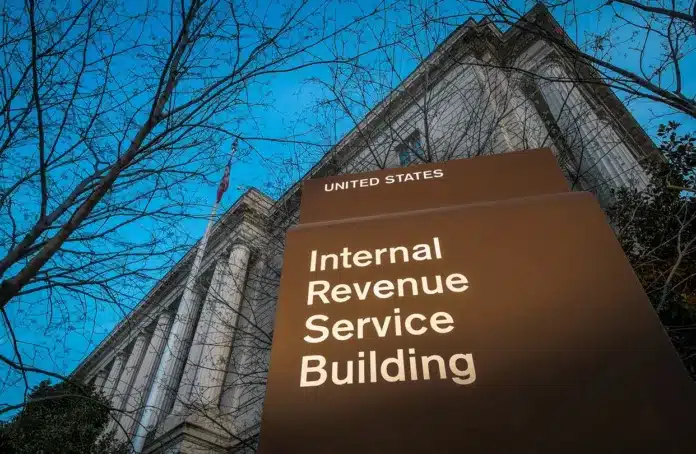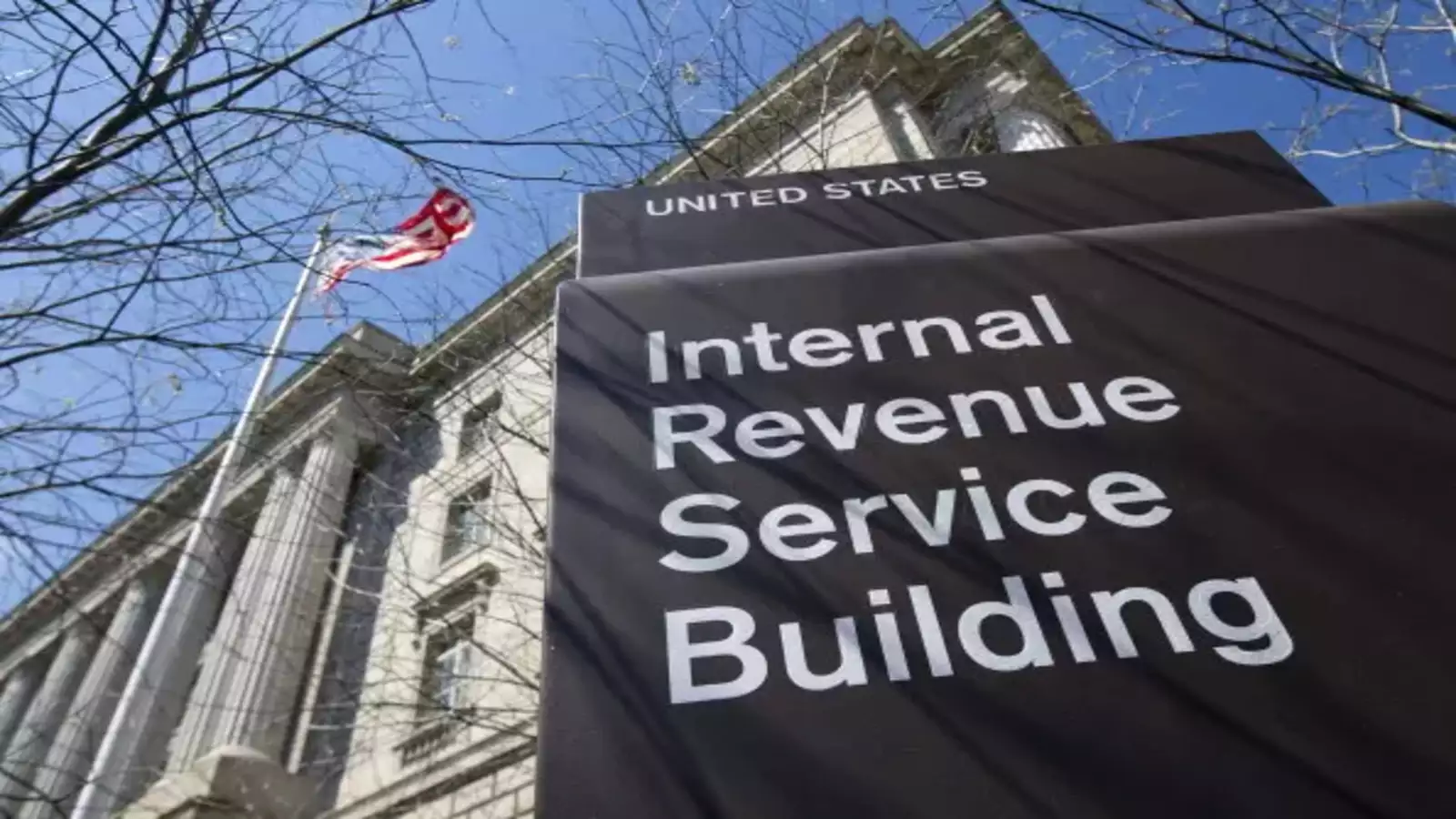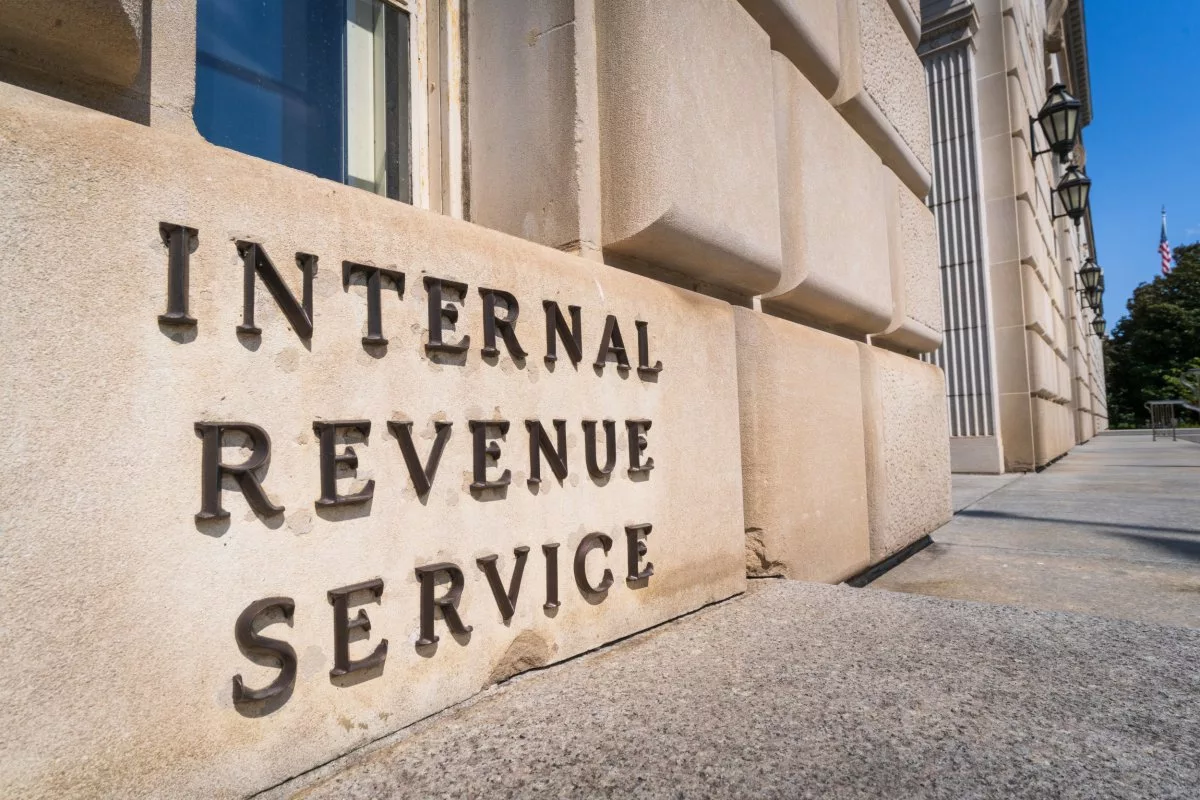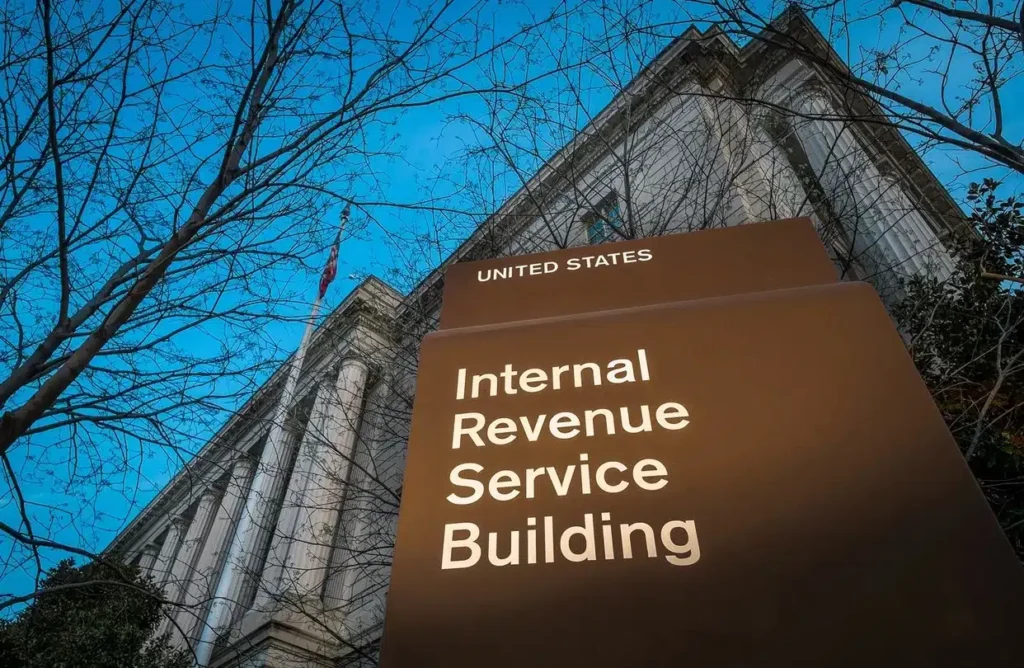
Waiting on your tax refund and wondering what’s taking so long? You’re not alone. While headlines point to IRS staffing cuts, there’s more to the story.
Behind the scenes, advanced fraud detection systems, technology upgrades, and complex new tax laws are slowing down refund processing for millions of taxpayers. Here’s what’s really going on, and what you can do to get your money faster.
Fraud Detection Systems Are Flagging More Returns
Think of the IRS as a security guard at a concert. Their job is to let legitimate ticket holders in while keeping out gatecrashers. In 2025, they’ve stepped up security with advanced fraud detection systems designed to catch identity thieves and scammers. But sometimes, even honest taxpayers get flagged.
If your return gets caught in this net, expect delays while the IRS verifies your identity and income. According to the National Taxpayer Advocate’s latest report, a significant number of returns flagged for review turn out to be legitimate. Unfortunately, this extra scrutiny means waiting weeks or even months for your refund.
System Glitches and Tech Upgrades Are Causing Delays
To speed up processing, the IRS has been modernizing its technology. This includes automating the scanning of paper-filed returns and digitizing more taxpayer information. But with any tech upgrade, hiccups happen. Glitches and software bugs have caused temporary delays, especially for returns that require manual review.
The National Taxpayer Advocate’s report revealed that while more than half of paper returns are now scanned and processed digitally, a large percentage still require manual input. The transition to new systems has created bottlenecks, slowing down refunds even for electronically filed returns.
New Tax Laws Are Adding Complexity

Changes to tax laws in 2025 have added more layers of verification to the filing process. For example, updates to the Earned Income Tax Credit (EITC) and Child Tax Credit (CTC) mean more documentation is required to claim these benefits. The IRS is also cracking down on improper fuel tax credit claims and other deductions prone to abuse.
If you’re claiming certain credits or deductions, expect additional review time. The Protecting Americans from Tax Hikes (PATH) Act still prevents the IRS from issuing refunds that include the EITC or CTC before mid-February, giving them extra time to verify eligibility.
More People Are Filing Early, Creating a Backlog
Ironically, the rush to file early has created another bottleneck. With news of potential delays, millions of taxpayers submitted their returns as soon as the IRS opened for filing. This surge overwhelmed the system, particularly in the first few weeks of the season.
While filing early is generally a good strategy, the sheer volume of returns submitted at once has slowed down processing, especially for those requiring manual review.
Tips to Avoid Refund Delays
While you can’t control IRS processing times, you can take steps to reduce the likelihood of delays:
- File Electronically: E-filing is faster and reduces the chance of errors compared to paper returns.
- Choose Direct Deposit: Refunds sent via direct deposit arrive faster than paper checks.
- Double-Check Your Information: Ensure your Social Security number, income, and deductions are accurate.
- Respond Quickly to IRS Requests: If the IRS contacts you for additional information, provide the documents promptly to avoid further delays.
When to Contact the IRS
If it’s been more than 21 days since you e-filed or more than six weeks since you mailed your return, check your status using the IRS’s Where’s My Refund? tool. If there’s no update, consider contacting the IRS directly, but be prepared for long wait times due to staffing cuts.
More Than Meets the Eye

So, if your refund is delayed, don’t just blame staffing cuts. Enhanced fraud detection, system glitches, and new tax laws are all contributing to longer wait times. The good news? By filing early, e-filing, and double-checking your information, you can increase your chances of getting your refund on time. Until then, patience is key, because sometimes, the IRS just needs a little extra time to get it right.
Source:https://themusicessentials.com/lifestyle-tips-and-trends/irs-tax-refund-status-its-not-just-staffing-cuts-slowing-your-money/

